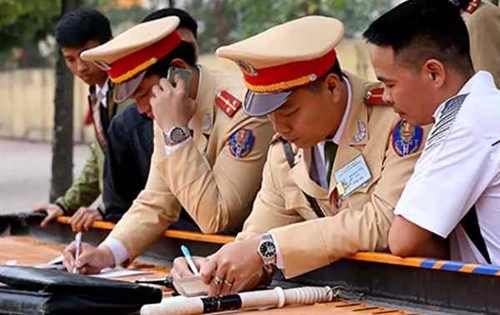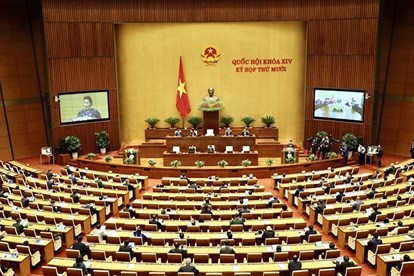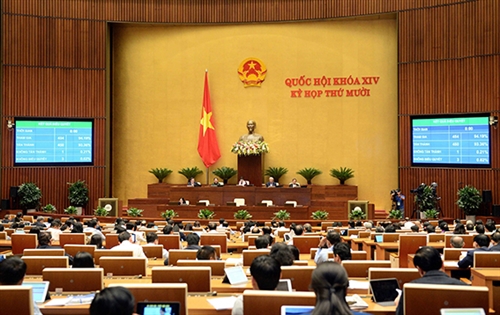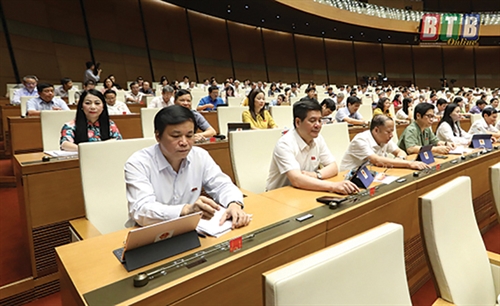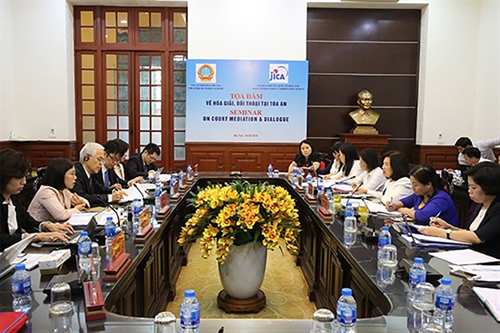The 2020 Law on Environmental Protection (the Law) regulates environmental protection activities; and rights, obligations and responsibilities of agencies, organizations, residential communities, households and individuals in these activities.
Coming into force from January next year, the 171-article Law introduces many new policies and provisions as compared to its 2014 version.
Firstly, residential communities are for the first time defined in the Law as a subject in environmental protection activities. The Law gives provisions on disclosure of information, consultation, and promotion of the role of residential communities in supervision and criticism activities while guaranteeing the rights and interests of residential communities when they participate in environmental protection activities. Their rights and obligations are provided in Article 159 of the Law.
Secondly, the environmental management of investment projects will be performed on the basis of environmental criteria-based classification of investment projects. Under Article 28 of the Law, investment projects are divided into four groups, including (i) projects highly likely to exert adverse environmental impacts; (ii) projects likely to exert adverse environmental impacts; (iii) projects unlikely to exert adverse environmental impacts; and (iv) projects highly unlikely to exert adverse environmental impacts. For each group of projects, state management agencies in charge of environmental protection will apply an appropriate management mechanism on the principle of strictly controlling projects highly likely to exert adverse environmental impacts, carrying out post-licensing inspection of projects that apply advanced and environmentally friendly technologies; and reducing administrative procedures.
Thirdly, the Law regulates environmental health with many solutions to protect environmental components, especially the air and water environments. The Law adds provisions on management of pollutants directly affecting human health and defines responsibilities of the Ministry of Health, ministries, ministerial-level agencies and provincial-level People’s Committees for monitoring, controlling and preventing such pollutants as well as evaluating the relationship between environmental health and human health, especially between environmental pollution and new epidemics.
Fourthly, the Law promotes waste segregation at source and proposes ways to manage and treat waste, thus contributing to promoting the circular economy in Vietnam.
Under Article 54 of the Law, organizations and individuals that produce and import recyclable products and packings have to recycle such products and packings according to compulsory ratio and specifications or make financial contributions to the Vietnam Environmental Protection Fund to support the recycling of products and packings.
Fifthly, the jurisdiction of state management must adhere to the principle of uniform management, i.e., a task will be assigned to a single agency while delegating powers to local authorities as much as possible.
To ensure the above principle, the Law removes procedures for grant of licenses to discharge wastewater into receiving waters or hydraulic structures. Instead, this content will be included in environmental licenses.
Sixthly, the Law for the first time introduces provisions on environmental audit in order to improve the environmental management capacity and efficiency of enterprises. Production, business and service establishments are encouraged to conduct environmental audit or may hire audit services. Meanwhile, the State Audit Office of Vietnam is assigned to carry out environmental audit in accordance with the Law on the State Audit and relevant laws.
Seventhly, the Law concretizes provisions on climate change response and promotes the development of the domestic carbon market.
The organization and development of the carbon market is introduced in the Law as a tool to promote greenhouse gas emission reduction in the country as part of Vietnam’s commitments to the Paris Agreement on Climate Change. Greenhouse gas-emitting establishments that participate in the domestic carbon market will exchange, auction, borrow, return, and transfer carbon quotas and credits; and implement mechanisms of exchanging and offsetting domestic and international carbon credits in accordance with law and treaties to which Vietnam is a contracting party.
Eighthly, the legal framework for protection of natural heritages will be improved in line with the international law on world heritages and meeting international integration requirements. The Law sets criteria for establishment and recognition of natural heritages based on international criteria and realities of Vietnam.
Lastly, the Law shapes policies to develop models for sustainable economic growth, promote the circular economy, and recover and develop natural capital sources. It devotes a separate chapter to providing economic instruments and resources for environmental protection. This Chapter introduces policies to develop environmental industry, environmental services, environment-friendly products and services, and promote exploitation, use and development of natural capital sources.-
